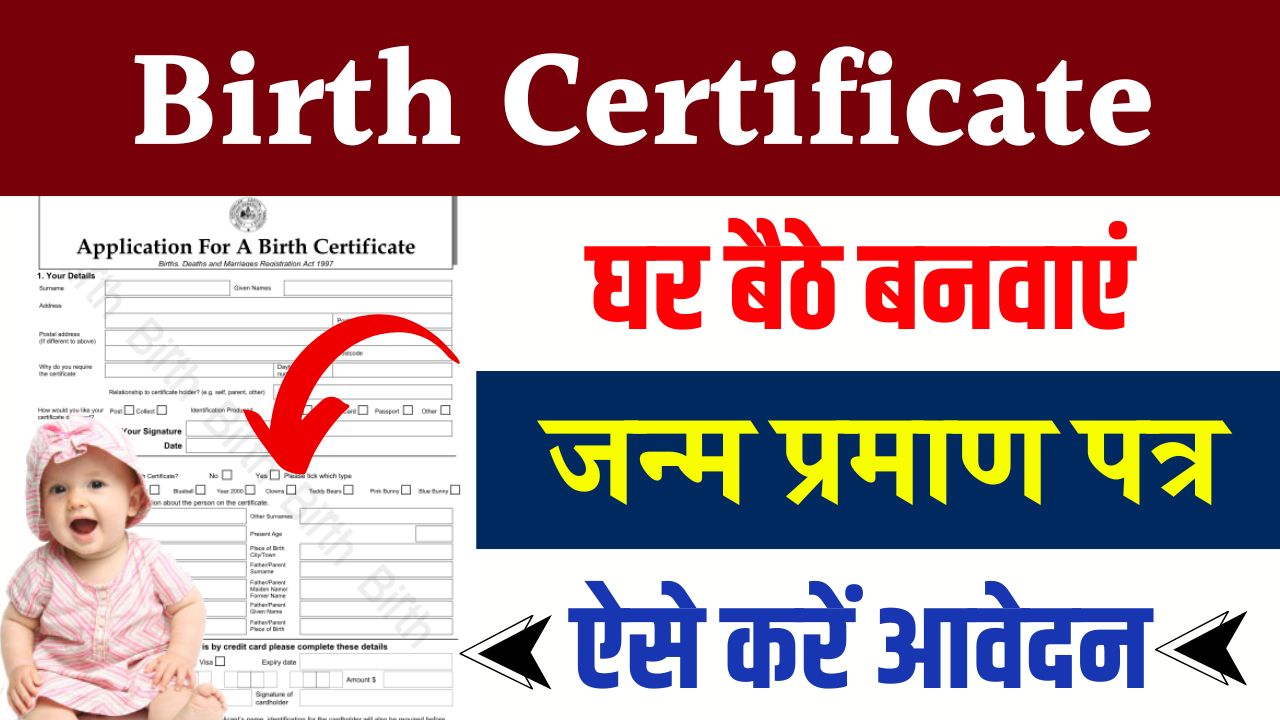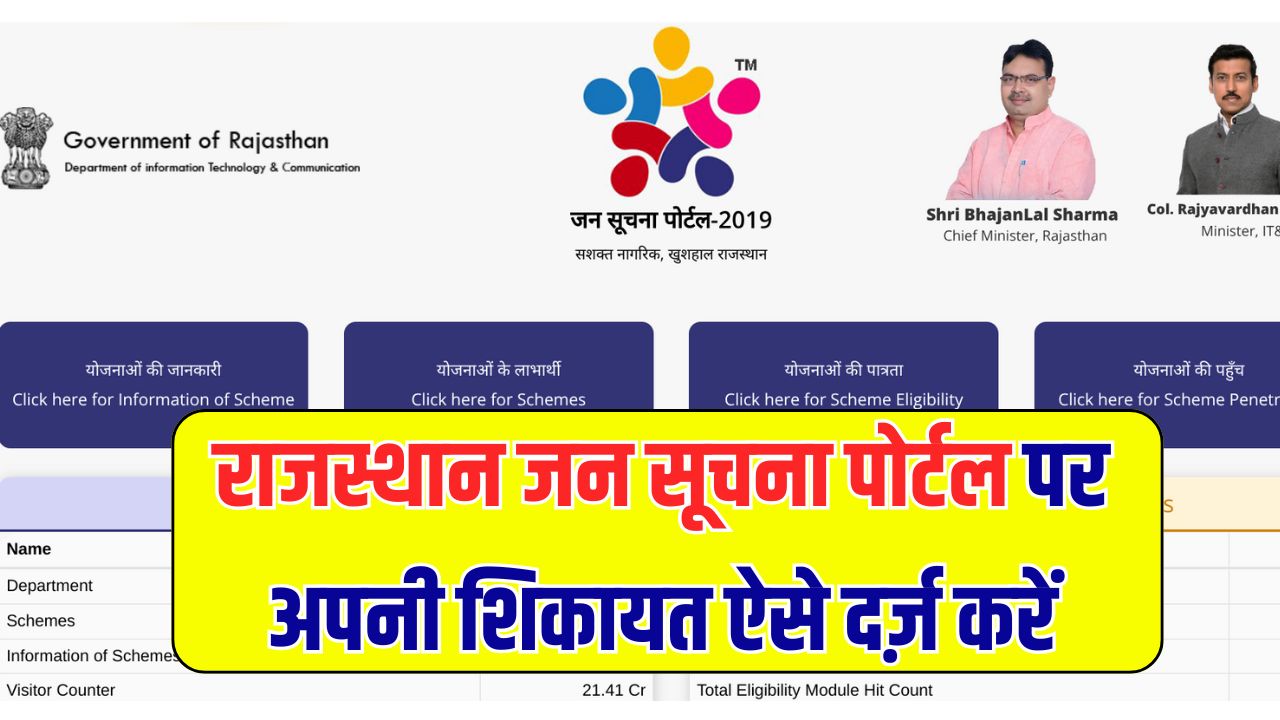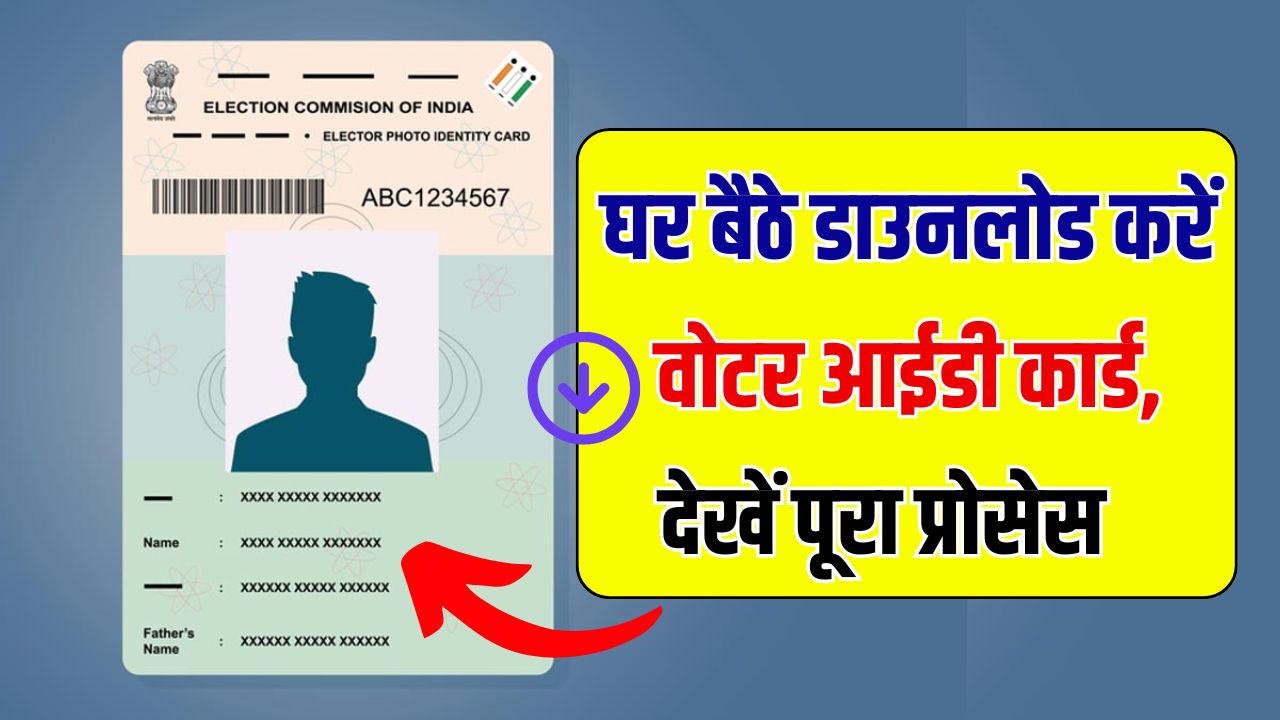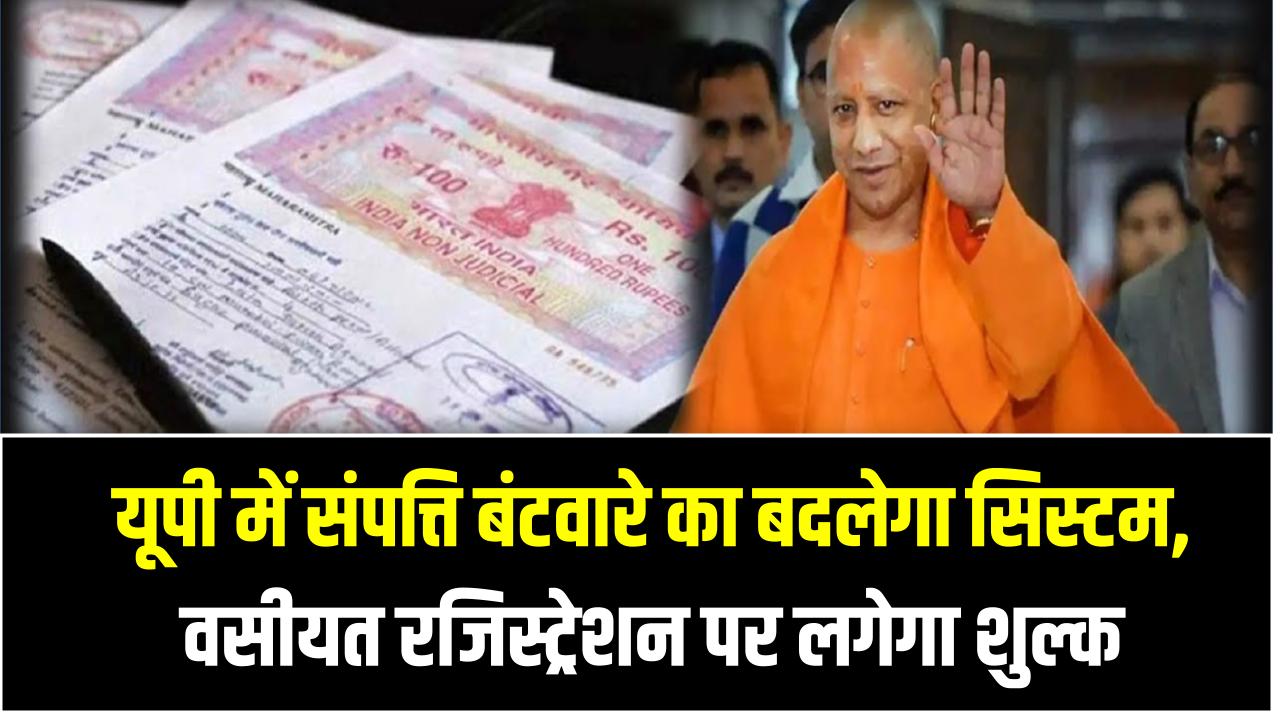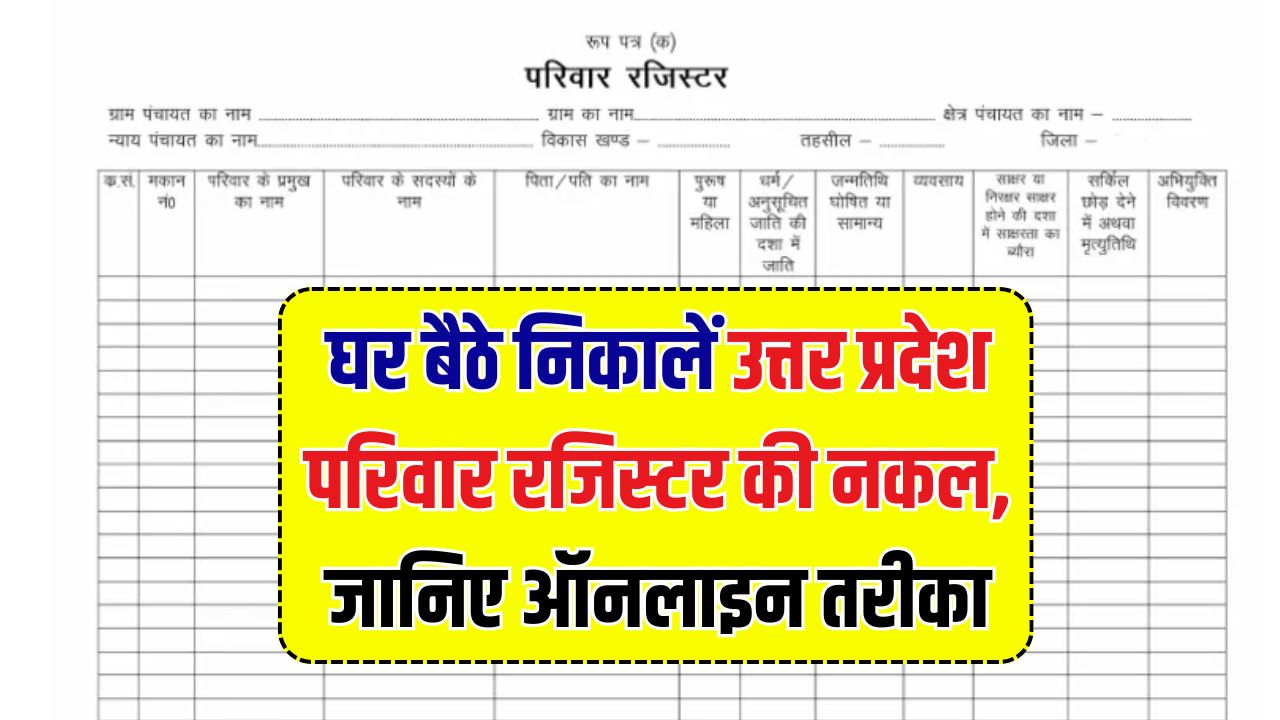At S.S. Akamrup News Network (ssakamrup.co.in), accuracy is our highest priority. This Fact‑Checking Policy explains how we verify information, correct errors, and invite reader feedback. If you have any questions or spot a potential inaccuracy, please reach out to our team via our Contact Us page.
1. Purpose
- Ensure that every published story—news article, feature, or analysis—is backed by verifiable evidence.
- Build and maintain reader trust through transparent, consistent fact‑checking procedures.
2. Scope
Applies to all content produced or commissioned by ssakamrup.co.in, including:
- Original reporting and interviews
- Guest columns and opinion pieces
- Infographics, data visualizations, and multimedia elements
3. Core Principles
- Thorough Verification
- Every factual assertion (names, dates, figures, quotes) must be confirmed by at least two independent sources wherever possible.
- Primary sources (official documents, public records, direct interviews) are prioritized over secondary reporting.
- Transparency
- When full source details cannot be disclosed—for instance, to protect a whistleblower’s identity—we note that “some details have been withheld for confidentiality.”
- Impartiality
- Fact‑checking is conducted without regard to political, commercial, or personal interests.
4. Definitions
- Fact‑Checker: A trained member of the Fact‑Checking Team responsible for verifying claims and data.
- Primary Source: Original documents, raw data sets, or eyewitness testimony.
- Secondary Source: Reports, analyses, or summaries produced by another outlet or third party.
5. Verification Process
- Claim Identification
- During reporting, all statements of fact are flagged for verification.
- Source Gathering
- Locate relevant documents, recordings, or other direct evidence.
- Contact experts, officials, or eyewitnesses as needed.
- Cross‑Checking
- Compare against at least one additional reputable source.
- Note any discrepancies and investigate until resolved.
- Editorial Review
- The Fact‑Checking Team submits a verification report to the Senior Editor.
- Only after approval are facts cleared for publication.
6. Corrections & Retractions
- Minor Corrections (typos, small data errors) are updated in the article with a “Correction” note and timestamp.
- Major Corrections (significant factual mistakes) trigger a prominently displayed correction notice at the top of the story.
- Retractions are issued when an article’s core premise is found to be fundamentally incorrect; the original story is removed and replaced with a detailed explanation and apology.
- All updates include the date and a brief description of the change.
7. Reader Feedback & Reporting Errors
We welcome input from our audience. If you believe we’ve made an error, please let us know via our Contact Us page. Be sure to include:
- Article title and URL
- Details of the alleged error
- Any supporting evidence or documentation
8. Collaboration with External Fact‑Checkers
We partner with recognized fact‑checking organizations for specialized topics (e.g., election coverage, health claims). Their assessments are clearly labeled and linked within our articles.
9. Training & Quality Assurance
- All reporters and editors undergo regular workshops on verification techniques, ethical sourcing, and digital forensics.
- Quarterly audits of randomly selected articles ensure adherence to this policy.
10. Policy Review
This Fact‑Checking Policy is reviewed and updated annually by our Editorial Board. The latest revision date appears at the top of this page.
